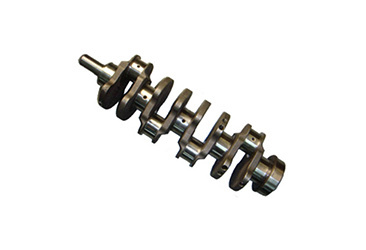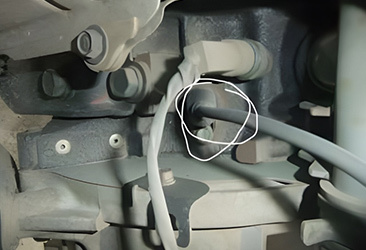What is the function of the crankcase, and what is a crankcase?
Release time:
2023-06-21
The engine of a car doesn't need much introduction; everyone knows what it is, right? What is the engine made up of? Do you understand the function of each part?
The engine of a car doesn't need much introduction; everyone knows what it is, right? What is the engine made of? Do you understand the function of each part? Below, I will talk about the role of one component of the engine: the crankcase.
Crankcase - Introduction
The crankcase is a hollow structure that houses the crankshaft of a car. For common engines, it is located at the bottom of the engine. The crankshaft is a shaft with a crank that rotates around its axis when the engine is running. The crankshaft is connected to connecting rods, which convert the reciprocating motion of the piston into rotational motion, thereby driving the vehicle.
Crankcase - Function
The crankcase is one of the most important components in an engine. It bears the force transmitted by the connecting rods and converts it into torque to be output through the crankshaft, driving other accessories in the engine. The crankshaft experiences combined effects from centrifugal forces due to rotating mass, periodic changes in gas inertia forces, and reciprocating inertia forces, resulting in bending and torsional loads on it. Therefore, it requires sufficient strength and stiffness; its journal surfaces must be wear-resistant, work uniformly, and have good balance.
The crankcase can suffer from wear on the contact surface between the big end of the connecting rod and the journal due to unclean oil and uneven stress on the journal. If there are large hard impurities in the oil, there is also a risk of scratching the surface of the journal. If wear is severe, it may affect the stroke length of piston movement up and down, reducing combustion efficiency and naturally leading to lower power output. Additionally, insufficient lubrication or overly thin oil can cause burns on journal surfaces; in severe cases, this can affect piston reciprocating motion. Therefore, it's essential to use lubricating oil with appropriate viscosity and ensure its cleanliness.
Crankcase - Maintenance
① Every time a car travels 12,000 km for maintenance, check whether the crankcase ventilation pipes are blocked and if there are any loose joints or air leaks. ② Around every 80,000 km for maintenance, remove and clean out the crankcase ventilation pipe and one-way valve to remove any gumming; clear any small holes in valves and check if they open and close smoothly with intact seals. Air leaks in ventilation pipes or sticking one-way valves can cause unstable idling or abnormal low-speed operation; blocked pipes can lead to excessive pressure inside the crankcase causing oil seals and various joints to leak oil. ③ When reassembling, ensure all pipe joints are securely connected without air leaks.
There are many devices on a car; each device even down to every small part has its own function. To keep so many parts running smoothly requires care from car owners. So all drivers should take good care of their beloved cars.
Latest News









